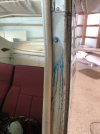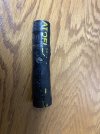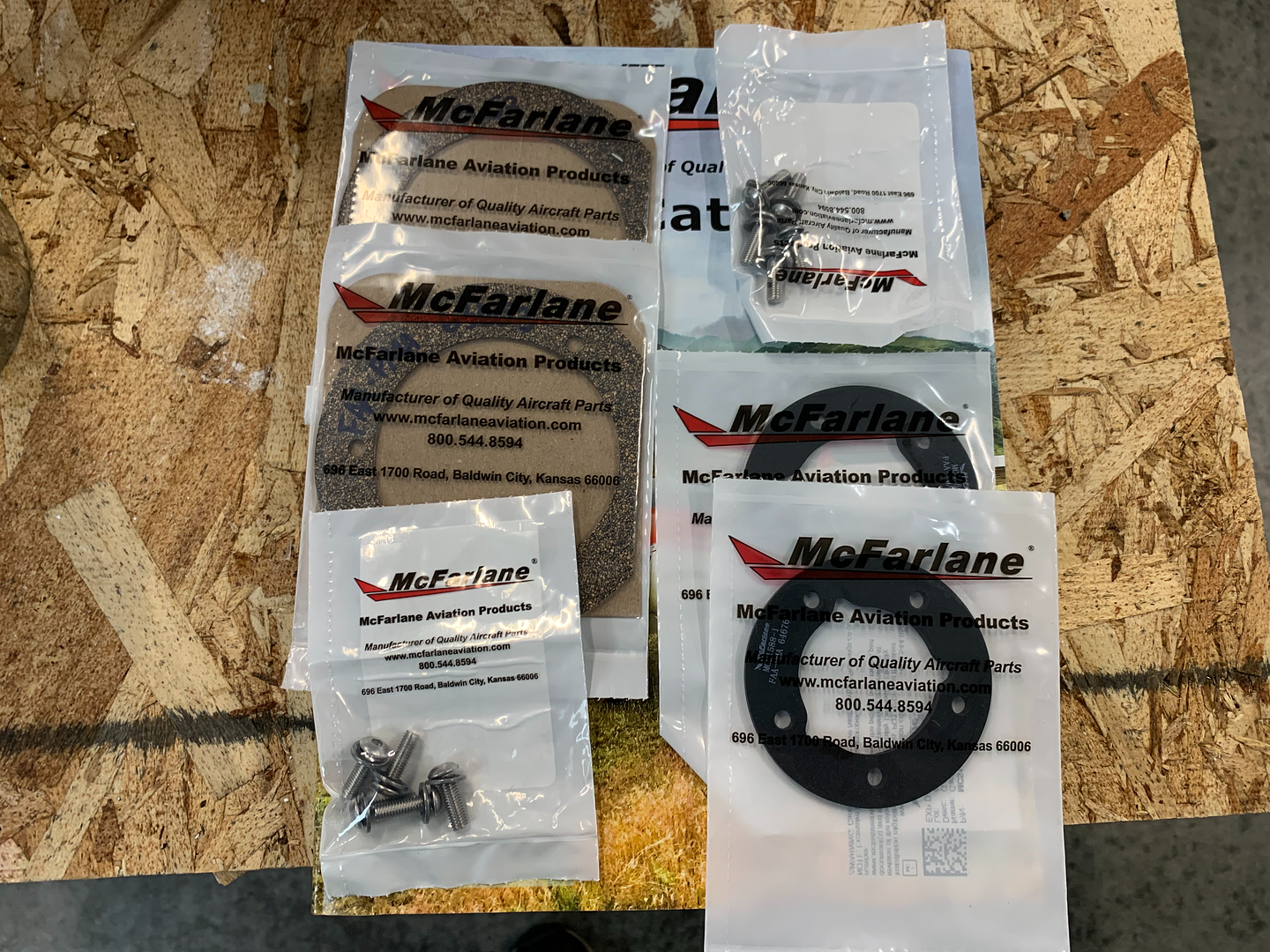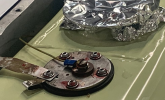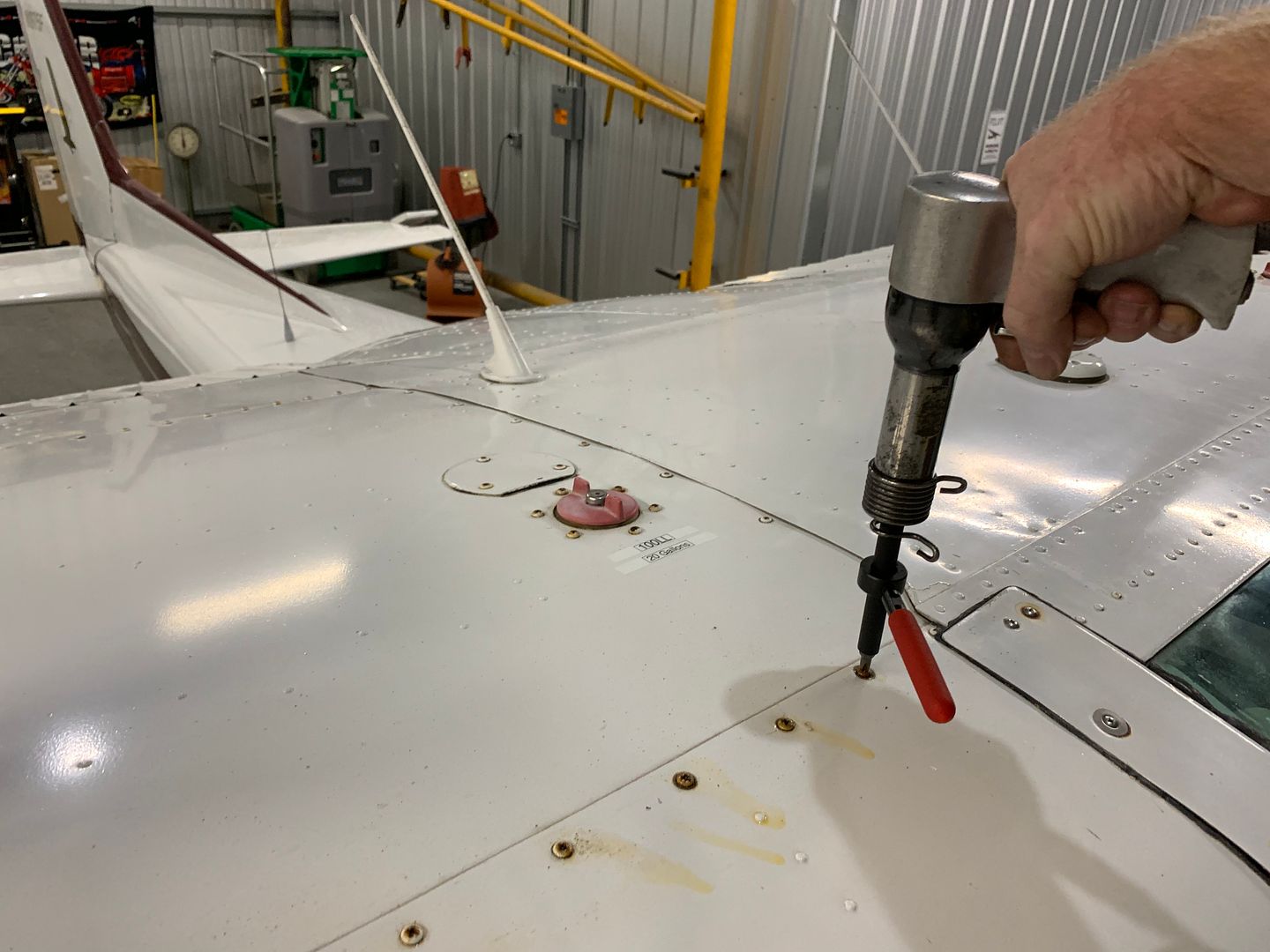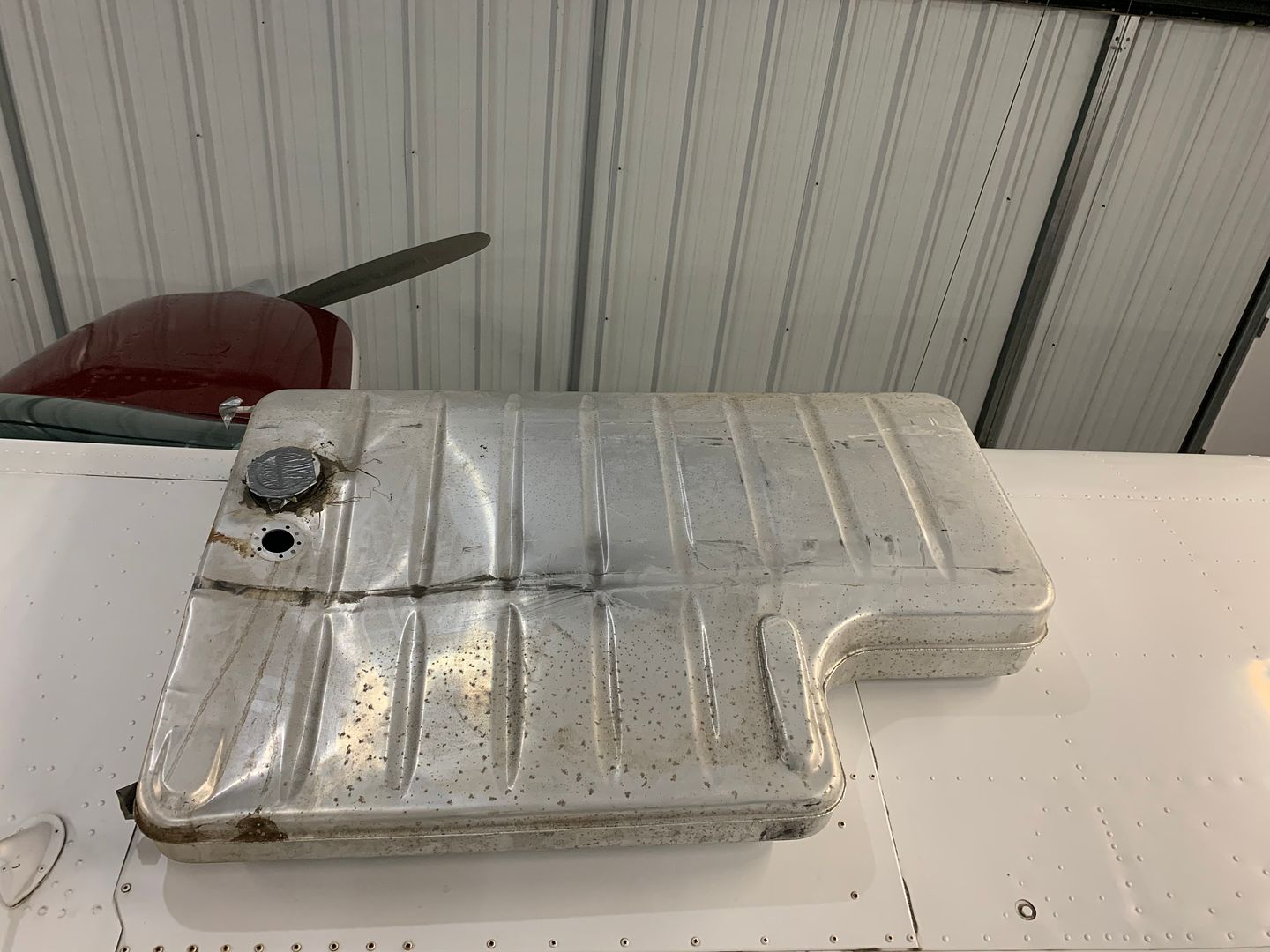C
Concerned Pilot
Guest
About half an hour after having the tanks filled on an older 172 I discovered fuel dripping out of the right wing root. There was also a fuel smell inside the airplane with the door closed. I wrote up a squawk and switched airplanes.
The next day the maintenance department closed my squawk and the "resolution" was "Do not top off". A couple days later I checked the plane (which had not been run in the interim) and the dripping had stopped. I used the dipstick and found that the fuel level in the right tank had gone down by about a gallon.
So I guess it would be possible to take their advice and make sure the fuel truck driver puts at least a gallon less than the maximum in but I'm wondering if fuel could slosh into the wing during flight and create a fire hazard.
Any opinions, facts and advice welcomed.
The next day the maintenance department closed my squawk and the "resolution" was "Do not top off". A couple days later I checked the plane (which had not been run in the interim) and the dripping had stopped. I used the dipstick and found that the fuel level in the right tank had gone down by about a gallon.
So I guess it would be possible to take their advice and make sure the fuel truck driver puts at least a gallon less than the maximum in but I'm wondering if fuel could slosh into the wing during flight and create a fire hazard.
Any opinions, facts and advice welcomed.

